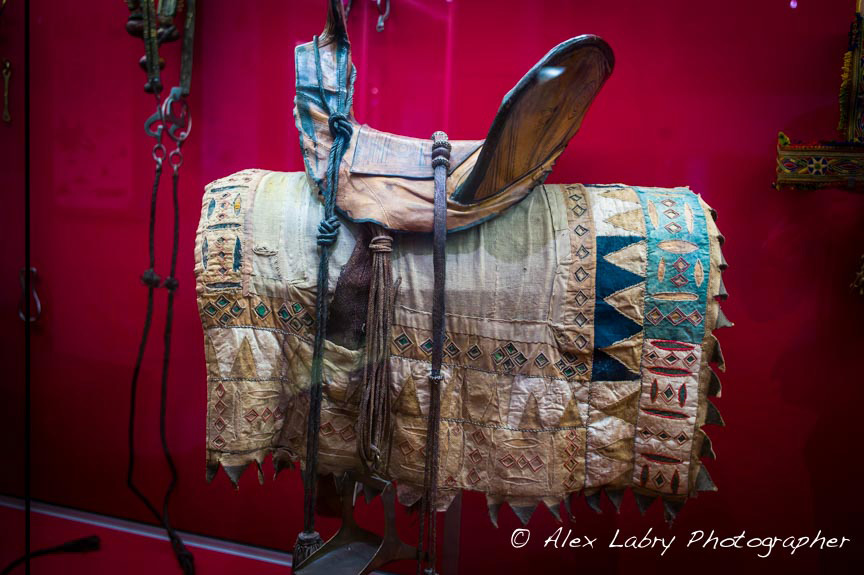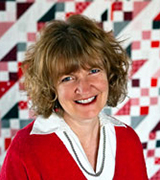Note: This continuing series reposts some of the most memorable columns of Suzy’s Fancy, which ran from 2009-2020. This piece originally ran in January 2015.
I am “afflicted” with what I call Quilt Eye, a condition in which I see geometric quilt patterns and quilt designs in things that have no direct connection to quilts—in oriental rugs, in shadows, on tile backsplashes, in flooring, in architecture—in short, just about everywhere.
And when I have the opportunity to travel, I’m always looking for anything to do with quilts and textiles. Sometimes, what I see is totally unexpected and that makes the personal discovery all the more delightful. That very thing happened to me last year on a trip to France.
Saumur, an elegant city in the Loire River valley, is known for its military history; for its tufa limestone (from which many of France’s famous cathedrals and chateaux were constructed); for its miles of 12th-century troglodyte caves (created from the extraction of all that limestone); for its mushrooms (grown in those caves); for its wines and the liqueur Cointreau; for being the birthplace of Coco Chanel; and for the French National Riding School, home of the famed Cadre Noir military riding instructors.
The city’s association with horses goes way back, so it’s no surprise that there is an equestrian museum located within the city’s ancient castle.

The Museum of the Horse is dedicated to the history of the saddle horse and horseback riding in various cultures and time periods. Its holdings include an impressive array of equestrian artifacts from around the world that I enjoyed seeing.
But I was certainly not expecting to find, among all the bits and saddles and bridles, a beautiful example of 19th-century appliqué (bordered with prairie points, no less) from Mali in the form of a saddle blanket!
Mali is a large, landlocked country in West Africa, located to the south of Algeria. One of the Malian ethnic groups is the Dogon people, who have been described as “the most studied and least understood tribal group” in Africa.
One thing, however, that is understood about the Dogon is their appreciation for horses. In the Dogon’s complicated mythology, the horse was the first animal to leave the heavenly ark from which the earth was populated and organized. A symbol of wealth and prestige, the horse occupies an elevated status in Dogon society, and apparently to this day, the Dogon are noted for making distinctive saddles.
Someone among the Mali, a century or so ago, was also accomplished at appliqué. Other than the place and date, there was no other identifying information about the saddle blanket.
I wonder if its anonymous maker was a woman or a man? How did she or he learn the skill? Where did the materials come from? All of these are questions with no answers, of course.
Nevertheless, I’m grateful for having my Quilt Eye surprised and delighted in such an unusual way!



